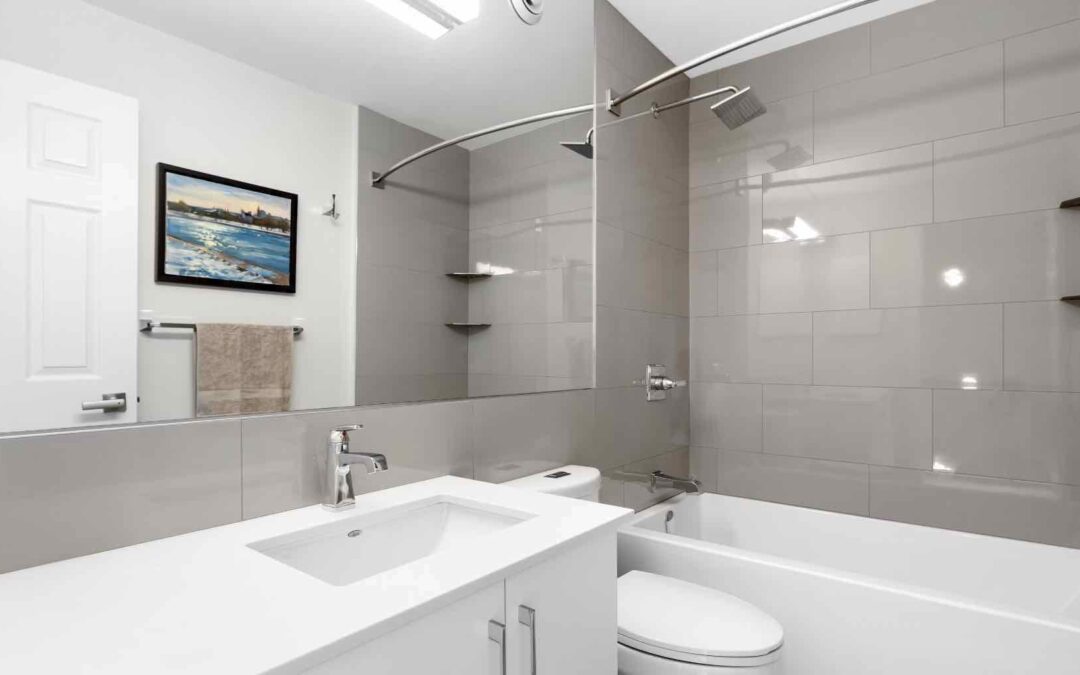Plumbing issues can lead to unexpected and hefty repair bills. While homeowners insurance is a potential lifeline, navigating its terms can be a maze. Here’s how to understand and optimize your coverage concerning plumbing repairs.
- Document Everything:
- Importance: Keeping a record of all plumbing repairs and maintenance can make the claims process smoother.
- Strategy: Create a dedicated folder—digital or physical—where you store receipts, photographs, and inspection reports.
- Preventative Measures Count:
- Insight: Insurance companies value proactive homeowners. Installing measures like leak detectors can not only prevent damage but might also reduce premiums.
- Advice: Explore smart home devices that offer real-time leak detection and notifications.
- Know Your Deductibles:
- Clarification: The deductible is what you’ll pay out-of-pocket before insurance kicks in. Lower deductibles generally mean higher premiums and vice versa.
- Tip: Assess your financial situation and risk tolerance. Choose a deductible that aligns with your comfort level and budget.
- Claims Impact on Premiums:
- Understanding: Filing a claim, even if it’s legitimate, might increase your future premiums.
- Recommendation: Before filing a minor claim, weigh the long-term cost implications. It might be more economical to handle smaller repairs independently.
- Additional Living Expenses (ALE):
- Details: If a plumbing issue makes your home uninhabitable, some policies may cover living expenses elsewhere.
- Strategy: Check if your policy includes ALE. This can be invaluable during extensive repairs.
- Engage with Your Agent:
- Reasoning: Regular conversations with your insurance agent ensure that you’re up-to-date with policy changes and can adjust your coverage as needed.
- Action Step: Schedule an annual review of your policy with your agent. Discuss any changes in your home, like renovations, which could affect coverage.
Conclusion:
Home insurance is a powerful tool for homeowners, but its benefits depend on understanding and navigation. Being proactive, staying informed, and regular communication with your insurance provider can help you maximize the benefits while ensuring your home remains in top shape.

